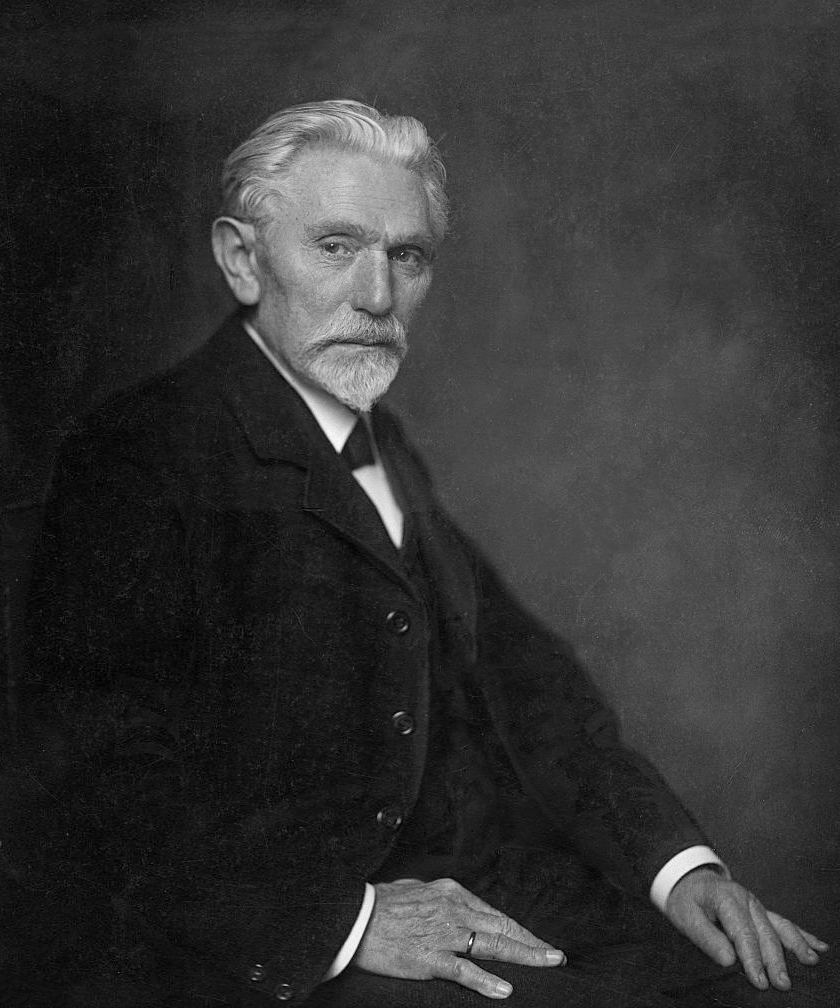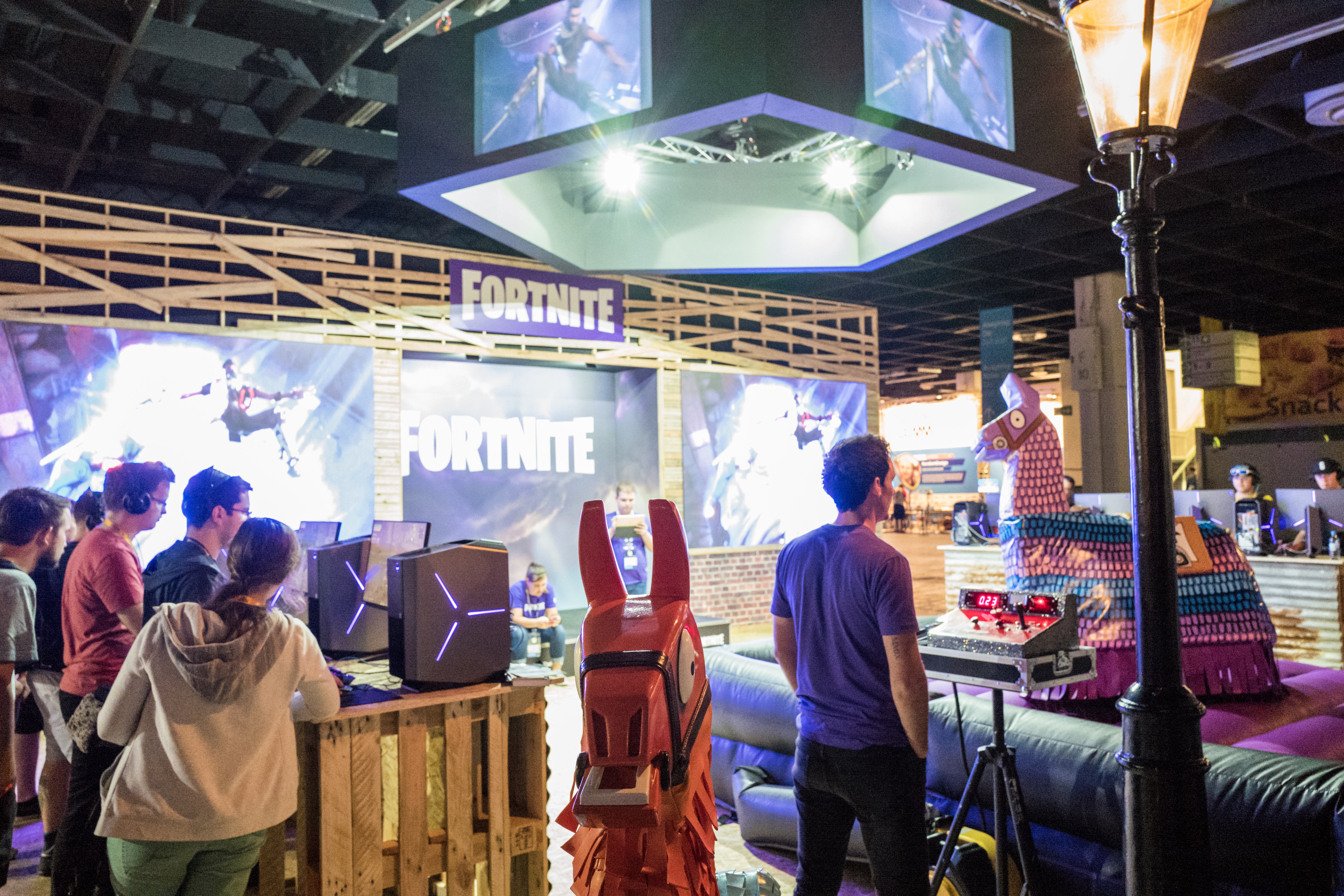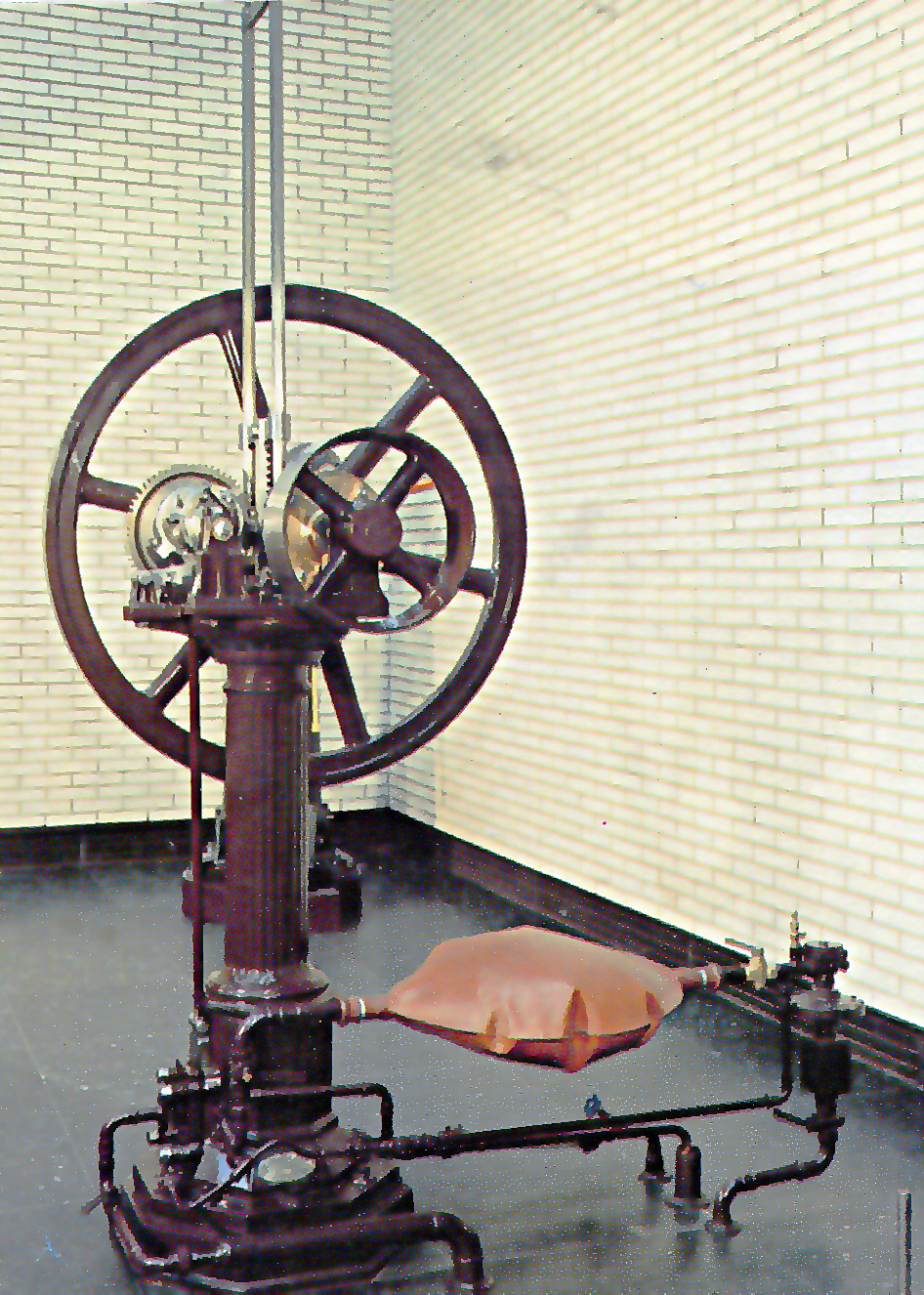|
Deutz, Cologne
The Cologne borough of Deutz (german: Köln-Deutz ; ), is a part of central Cologne, Germany, and was once an independent town. History Deutz was established under Roman Emperor Constantine I in 310 AD, when he established ''Castrum Divitia'', a military camp built on the banks of the Rhine across from Colonia Claudia Ara Agrippinensium. Camp and city were linked via a bridge from the same time. During the Middle Ages, Deutz was an important centre of learning in medieval Germany. Up into the early Middle Ages it was known by the Latin name ''Divitia'', from the 10th century as ''Tuitium''. It was located on the right bank of the Rhine, opposite Cologne, which grew up on the left bank. In 1002, the old castle in Deutz was made a Benedictine monastery by Heribert, archbishop of Cologne, and the important abbey was home to many influential theologians, such as Rupert of Deutz. Permission to fortify the town was in 1230 granted to the citizens by the archbishop of Cologne, between ... [...More Info...] [...Related Items...] OR: [Wikipedia] [Google] [Baidu] |
Cologne Innenstadt Deutz
Cologne ( ; german: Köln ; ksh, Kölle ) is the largest city of the German western state of North Rhine-Westphalia (NRW) and the fourth-most populous city of Germany with 1.1 million inhabitants in the city proper and 3.6 million people in the urban region. Centered on the left (west) bank of the Rhine, Cologne is about southeast of NRW's state capital Düsseldorf and northwest of Bonn, the former capital of West Germany. The city's medieval Catholic Cologne Cathedral (), the third-tallest church and tallest cathedral in the world, constructed to house the Shrine of the Three Kings, is a globally recognized landmark and one of the most visited sights and pilgrimage destinations in Europe. The cityscape is further shaped by the Twelve Romanesque churches of Cologne, and Cologne is famous for Eau de Cologne, that has been produced in the city since 1709, and "cologne" has since come to be a generic term. Cologne was founded and established in Germanic Ubii terri ... [...More Info...] [...Related Items...] OR: [Wikipedia] [Google] [Baidu] |
Treaties Of Nijmegen
The Treaties of Peace of Nijmegen ('; german: Friede von Nimwegen) were a series of treaties signed in the Dutch city of Nijmegen between August 1678 and October 1679. The treaties ended various interconnected wars among France, the Dutch Republic, Spain, Brandenburg, Sweden, Denmark-Norway, the Prince-Bishopric of Münster, and the Holy Roman Empire. The most significant of the treaties was the first, which established peace between France and the Dutch Republic and placed the northern border of France very near its modern position. Background The Franco-Dutch War of 1672–78 was the source of all the other wars that were ended formally at Nijmegen. Separate peace treaties were arranged for conflicts like the Third Anglo-Dutch War and the Scanian War, but all of them had been directly caused by and form part of the Franco-Dutch War. England initially participated in the war on the French side but withdrew in 1674, after the Treaty of Westminster. The Electorate of Cologne lef ... [...More Info...] [...Related Items...] OR: [Wikipedia] [Google] [Baidu] |
August Bebel
Ferdinand August Bebel (22 February 1840 – 13 August 1913) was a German socialist politician, writer, and orator. He is best remembered as one of the founders of the Social Democratic Workers' Party of Germany (SDAP) in 1869, which in 1875 merged with the General German Workers' Association into the Socialist Workers' Party of Germany (SAPD). During the repression under the terms of the Anti-Socialist Laws, Bebel became the leading figure of the social democratic movement in Germany and from 1892 until his death served as chairman of the Social Democratic Party of Germany. Biography Early years Ferdinand August Bebel, known as August, was born on 22 February 1840, in Deutz, Germany, now a part of Cologne. He was the son of a Prussian noncommissioned officer in the Prussian infantry, initially from Ostrowo in the Province of Posen, and was born in military barracks. The father died in 1844. As a young man, Bebel apprenticed as a carpenter and joiner in Leipzig."August Be ... [...More Info...] [...Related Items...] OR: [Wikipedia] [Google] [Baidu] |
August Lemmer
August Lemmer (1862 – date of death unknown) was a German artist. Lemmer was born in Deutz, Rhenish Prussia. After studying at the art academy of Karlsruhe from 1888–92 he remained in the capital of the Grand Duchy of Baden. Lemmer made his name as a painter of impressionistic landscape, seascape, and city views. Numerous paintings of Lemmer's date from the late 19th and early 20th centuries. He often painted images of Carniola, Trieste, Venice, and German cities such as Munich Munich ( ; german: München ; bar, Minga ) is the capital and most populous city of the States of Germany, German state of Bavaria. With a population of 1,558,395 inhabitants as of 31 July 2020, it is the List of cities in Germany by popu .... Lemmer also often painted images of fishing boats off the coast of Venice. References {{DEFAULTSORT:Lemmer, August 1862 births 20th-century deaths 19th-century German painters 19th-century German male artists German male painters 20t ... [...More Info...] [...Related Items...] OR: [Wikipedia] [Google] [Baidu] |
Köln Messe/Deutz Station
Köln Messe/Deutz station (called ''Köln-Deutz'' until November 2004, Colognian: , ) is an important railway junction for long-distance rail and local services in the Cologne district of Deutz in the German state of North Rhine-Westphalia. It is situated close to the eastern bank of the Rhine and connected via the Hohenzollern Bridge to Köln Hauptbahnhof, the city's main station, which is just a few hundred metres away. The Cologne Trade Fair (german: Koelnmesse) grounds are directly north of the station, hence the ''Messe'' in the station's name. The Stadtbahn station of ''Deutz/Messe'' is nearby and connected by a pedestrian tunnel. The station is a junction station, which has platforms on two levels: the high-level platforms are used by trains running in the east-west direction across the Hohenzollern Bridge to and from Köln Hauptbahnhof. The lower level (''Köln Messe/Deutz tief'') is used by trains running in a north-south direction bypassing the Hauptbahnhof from Köln-M� ... [...More Info...] [...Related Items...] OR: [Wikipedia] [Google] [Baidu] |
Lanxess Arena
Lanxess Arena (originally Kölnarena, German for ''Cologne Arena'') is an indoor arena, in Cologne, North Rhine-Westphalia, Germany. It is known as the 18,500-capacity home of the Kölner Haie. The arena opened in 1998 and can accommodate 20,000 people for concerts. With its capacity of 18,500, it is the largest ice hockey arena outside North America. It is primarily used by Kölner Haie (ice hockey), VfL Gummersbach (handball), Köln RheinStars (basketball), and as a concert venue. The arena is spanned by a steel arch supporting the roof via steel cables. The height of the arch is and its weight is 480 tons. On June 2, 2008, it was announced that Kölnarena would be renamed Lanxess Arena, for a period of ten years. The sponsor, Lanxess AG, is a specialty chemicals group based in the Lanxess Tower in Deutz, Cologne. Concerts Lanxess Arena has been one of the top entertainment venues in Cologne since its opening. Many international artists have performed at the venue, spanni ... [...More Info...] [...Related Items...] OR: [Wikipedia] [Google] [Baidu] |
Cologne Trade Fair
Koelnmesse GmbH (''Cologne Trade Fair'') is an international trade fair and exhibition center located in Cologne, North Rhine-Westphalia, Germany. With around 80 trade fairs and over 2,000 conferences annually, Koelnmesse is one of the country's largest trade fair organisers and with 284,000 m² exhibition floor area the third largest by area. The Cologne Trade Fair ground was founded in 1922. Until 2005, the trade fair was based in the historic Rheinhallen, and since then moved into new premises next to them. The old Fair Tower Cologne (''Messeturm Köln'') is a landmark building from 1928 and features a tower restaurant on the top floor. Since 2018, the fair has been undergoing the greatest renovation works in its history. They are expected to last until 2030 and cost €600 million. Two thirds of that amount will be spent renovating the seven southern halls, dating from the 1970s. Trade fairs The following trade fairs, among others, are held in Cologne: * Anuga, the ... [...More Info...] [...Related Items...] OR: [Wikipedia] [Google] [Baidu] |
Rheinpark
The Rheinpark (meaning: ''Rhine park'') is a 40 hectare (0,4 km²) large urban park along the right bank of the river Rhine in Cologne, Germany. The park lies between the Cologne districts of Deutz and Mülheim and includes a beach club, an open-air theater (the ''Tanzbrunnen'') and a Roman '' Thermae'' styled public bath (the ''Claudius-Therme''). It was voted Germany's best park in 2007. History Originally laid out according to plans by landscape architect and opened in 1913, the park today mirrors the redesign of the park for the |
Internal Combustion Engine
An internal combustion engine (ICE or IC engine) is a heat engine in which the combustion of a fuel occurs with an oxidizer (usually air) in a combustion chamber that is an integral part of the working fluid flow circuit. In an internal combustion engine, the expansion of the high-temperature and high-pressure gases produced by combustion applies direct force to some component of the engine. The force is typically applied to pistons ( piston engine), turbine blades (gas turbine), a rotor (Wankel engine), or a nozzle ( jet engine). This force moves the component over a distance, transforming chemical energy into kinetic energy which is used to propel, move or power whatever the engine is attached to. This replaced the external combustion engine for applications where the weight or size of an engine was more important. The first commercially successful internal combustion engine was created by Étienne Lenoir around 1860, and the first modern internal combustion engine, known ... [...More Info...] [...Related Items...] OR: [Wikipedia] [Google] [Baidu] |
Eugen Langen
Carl Eugen Langen (9 October 1833 in Cologne – 2 October 1895 in Elsdorf) was a German entrepreneur, engineer and inventor, involved in the development of the petrol engine and the Wuppertal Suspension Railway. In 1857 he worked in his father's sugar factory, JJ Langen & Söhne, and after extensive technical training at the Polytechnic institute in Karlsruhe, patented a method for producing sugar cubes. He sold this method in 1872 to Sir Henry Tate of England, founder of the Tate Gallery in London. Otto and Langen In 1864, Langen met Nicolaus August Otto who was working to improve to the gas engine invented by Belgian Etienne Lenoir. The technically–trained Langen recognized the potential of Otto's development, and one month after the meeting, founded the first engine factory in the world, NA Otto & Cie. At the 1867 Paris World Exhibition, their improved engine received the Grand Prize. Deutz After this first factory went bankrupt, Langen founded a new company for the co ... [...More Info...] [...Related Items...] OR: [Wikipedia] [Google] [Baidu] |
Nicolaus August Otto
Nicolaus August Otto (10 June 1832, Holzhausen an der Haide, Nassau – 26 January 1891, Cologne) was a German engineer who successfully developed the compressed charge internal combustion engine which ran on petroleum gas and led to the modern internal combustion engine. The Association of German Engineers (VDI) created DIN standard 1940 which says "Otto Engine: internal combustion engine in which the ignition of the compressed fuel-air mixture is initiated by a timed spark", which has been applied to all engines of this type since. Biography Nicolaus August Otto was born on 10 June 1832 in Holzhausen an der Haide, Germany. He was the youngest of six children. His father died in 1832. He began school in 1838. After six years of good performance he moved to the high school in Langenschwalbach until 1848. He did not complete his studies but was cited for good performance. His main interest in school had been in science and technology but he graduated after three years as a bu ... [...More Info...] [...Related Items...] OR: [Wikipedia] [Google] [Baidu] |
Berg (state)
Berg was a state—originally a county, later a duchy—in the Rhineland of Germany. Its capital was Düsseldorf. It existed as a distinct political entity from the early 12th to the 19th centuries. The name of the county lives on in the modern geographic term Bergisches Land, often misunderstood as ''bergiges Land'' (hilly country). History Ascent The Counts of Berg emerged in 1101 as a junior line of the dynasty of the Ezzonen, which traced its roots back to the 9th-century Kingdom of Lotharingia, and in the 11th century became the most powerful dynasty in the region of the lower Rhine. In 1160, the territory split into two portions, one of them later becoming the County of the Mark, which returned to the possession of the family line in the 16th century. The most powerful of the early rulers of Berg, Engelbert II of Berg died in an assassination on November 7, 1225. In 1280 the counts moved their court from Schloss Burg on the Wupper river to the town of Düsseldorf. Coun ... [...More Info...] [...Related Items...] OR: [Wikipedia] [Google] [Baidu] |







